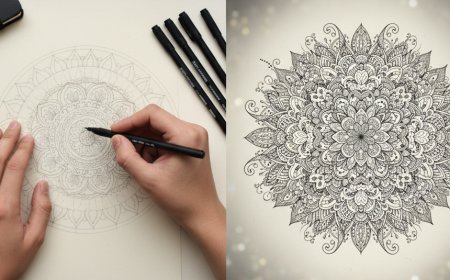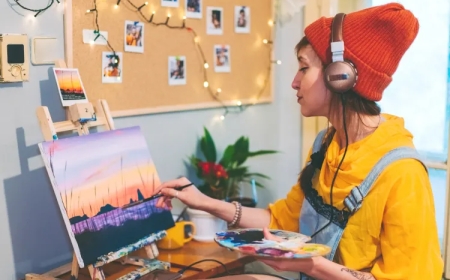From Paint to Pixel: Blending Traditional Craft and Digital Art
Blending traditional craft with digital art is how modern artists work now. Paint to pixel isn't either-or anymore.
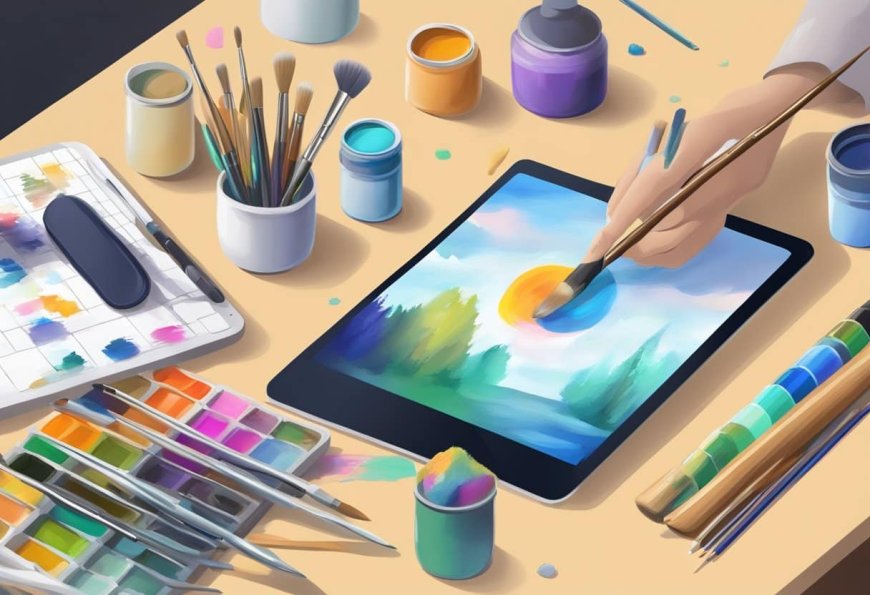
The False Choice Between Traditional Craft and Digital Art
Artists used to pick sides - you were either traditional craft purist or digital art sellout. That tribalism is dead. Modern artists blend both constantly, using whatever tools serve the vision. Starting with paint then scanning and manipulating digitally. Or designing digitally then printing and adding traditional craft elements on top. The medium doesn't matter - the result does.
Digital art got dismissed as "not real art" by traditional craft people for years. Too easy, no skill, just filters and undo buttons. Meanwhile digital artists called traditional craft outdated, slow, and limited. Both sides were wrong and missing the point. The best work often comes from blending approaches rather than staying pure to one method.
And I have to admit!
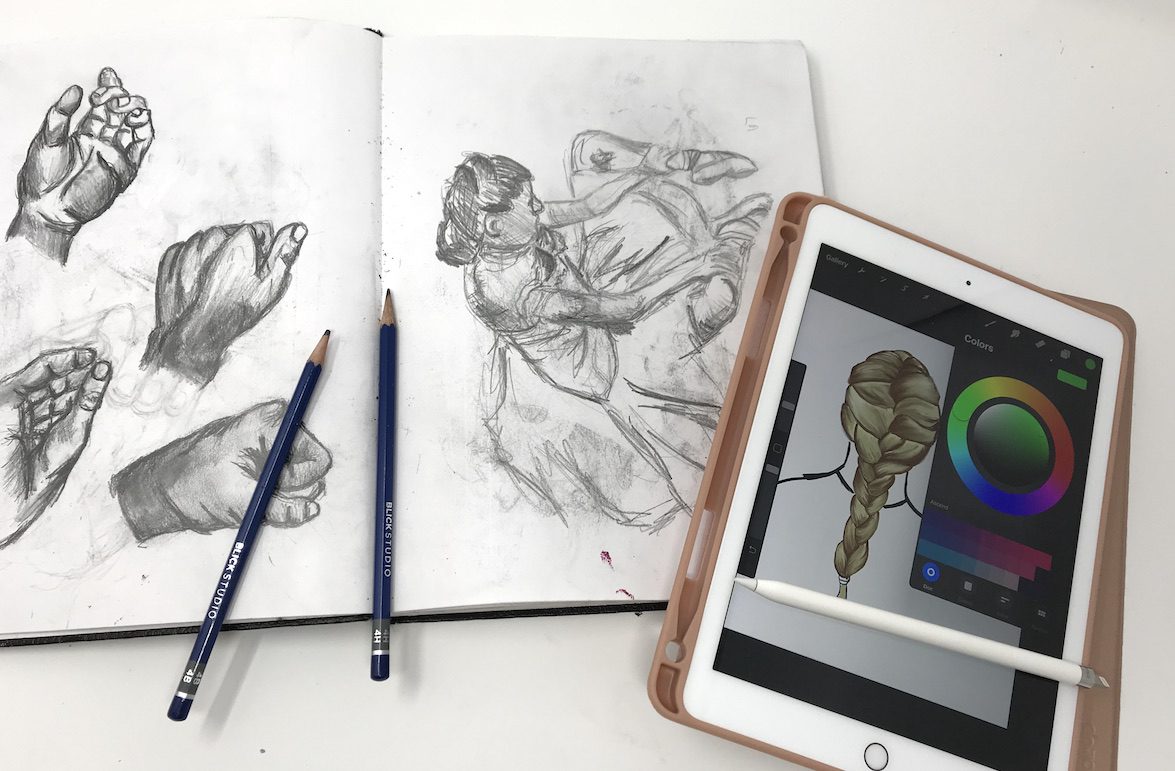
Technology has made our lives easy. It blends traditional craft and digital art seamlessly. Tablets with pressure sensitivity feel just like real brushes. Scanners capture traditional work perfectly for digital manipulation. Printers reproduce digital art on any surface letting you add traditional craft elements. The boundaries dissolved completely between paint to pixel workflows.
How Artists Actually Blend Traditional Craft and Digital Art
Start Traditional, Finish Digital: Paint or draw traditionally, scan at high resolution, then enhance digitally. Fix mistakes, adjust colors, add elements that would be impossible in traditional craft. This blending method lets you keep the organic feel of paint while gaining digital art's flexibility.

Start Digital, Finish Traditional: Design and plan everything digitally, print onto canvas or paper, then add traditional craft elements. Oils, acrylics, collage, gold leaf - physical textures digital art alone can't achieve. Museums are full of contemporary work using this paint to pixel approach.
Hybrid Throughout: Some artists work back and forth constantly. Sketch traditionally, photograph and manipulate digitally, project that onto canvas, paint over it, photograph again, manipulate more. This blending creates results impossible with either traditional craft or digital art alone.
The commercial applications are huge. Illustrators sketch traditionally because it's faster and more natural, then finish digitally for client edits and reproduction. This paint to pixel workflow is industry standard now. Publishers, brands, agencies all expect files they can use, meaning digital art delivery, but they still value traditional craft's organic quality in the process.
Print technology bridges traditional craft and digital art beautifully. Giclée printing reproduces digital files so accurately that galleries sell them as fine art. Artists can create digitally then print limited editions on traditional craft materials like watercolor paper or canvas, sign them, even add hand-painted elements making each print unique through blending.
3D printing and laser cutting extend this further. Design digitally, output physically, incorporate into traditional craft projects. Sculptors use digital modeling then print molds or final pieces. This paint to pixel thinking applies beyond two-dimensional work now.
Why Blending Beats Pure Approaches
Traditional craft has limitations. Mistakes are hard to fix. Scaling and reproducing work is difficult. Experimenting wastes materials. But the textures, happy accidents, and organic qualities are incredible. Digital art solves traditional's limitations - infinite undo, perfect reproduction, risk-free experimentation. But it can feel sterile or lack soul without traditional craft's physical presence.
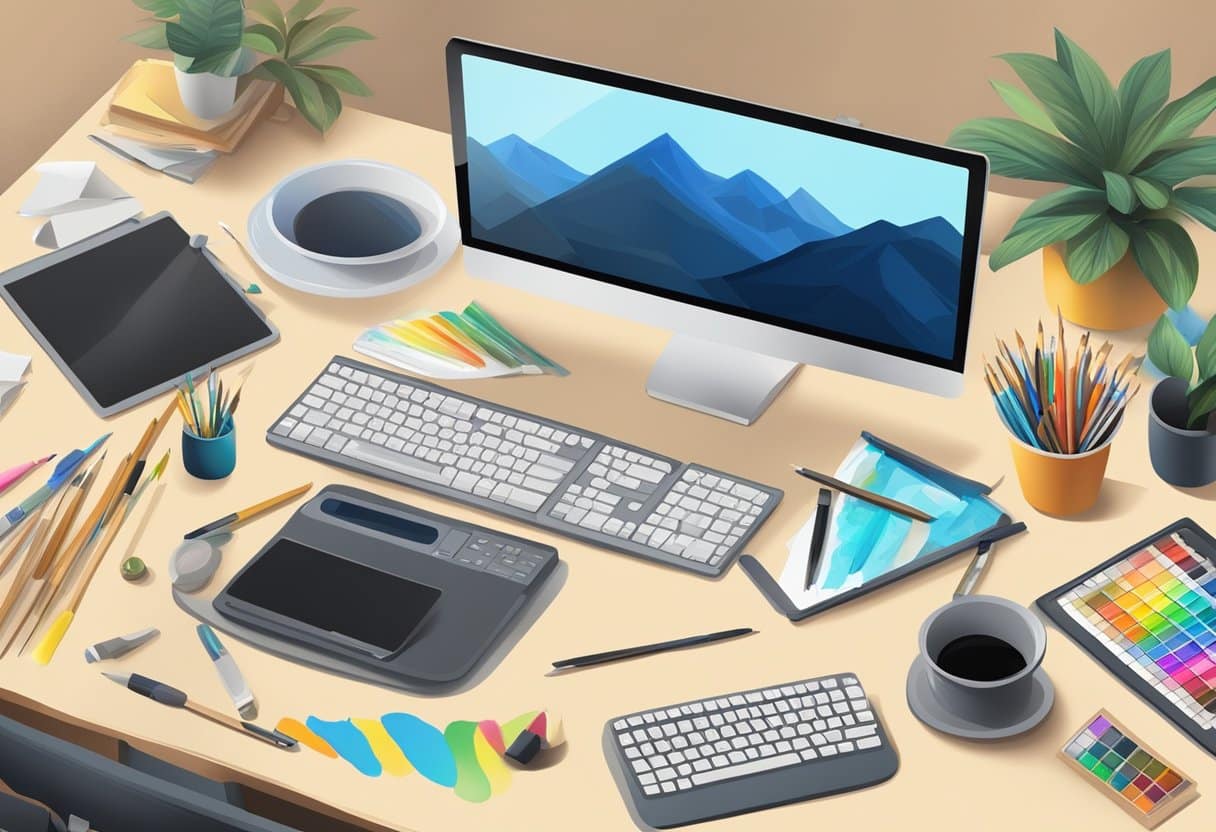
Blending traditional craft and digital art captures strengths of both while minimizing weaknesses. You get organic traditional beginnings with digital polish and flexibility. Or digital precision with traditional craft texture and uniqueness. Artists not using both are limiting themselves unnecessarily.
The art market values this approach too. Collectors want unique pieces but also appreciate digital reproduction rights. Pure digital art struggles in traditional galleries. Pure traditional craft limits commercial applications. Work blending both sells in galleries AND online, gets commissioned for commercial projects AND personal collections. That versatility matters for sustainable art careers.
Younger artists grew up with both. They don't see traditional craft versus digital art as a choice. They learned painting in school and Photoshop at home. Using both for different purposes or simultaneously feels natural. This generation is creating work that older purists on either side can't because they're not limited by medium ideology.
Conclusion
The paint to pixel evolution isn't about abandoning traditional craft for digital art or vice versa. It's about recognizing they're tools serving different purposes. Blending them creates possibilities neither offers alone. Artists today mix old and new freely. You might sketch on paper first, then finish digitally, or start with a digital concept and add handmade details. The focus is on making art that communicates your idea, not on which tool you picked.
What's Your Reaction?
 Like
0
Like
0
 Dislike
0
Dislike
0
 Love
0
Love
0
 Funny
0
Funny
0
 Angry
0
Angry
0
 Sad
0
Sad
0
 Wow
0
Wow
0














































































































































































